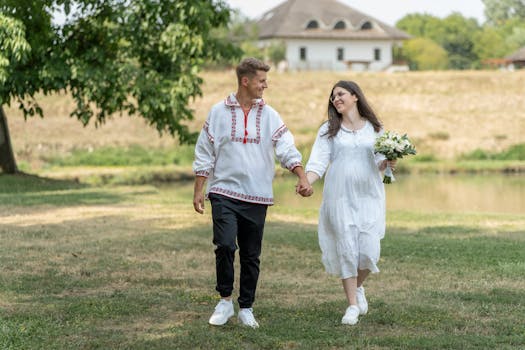
Cultural Fusion: Embracing Diversity in European Lifestyles by 2025
Introduction to Cultural Fusion
Cultural fusion is a term used to describe the blending of different cultural practices, traditions, and values. In the context of European lifestyles, cultural fusion refers to the integration of diverse cultural influences from across the continent and beyond. As we approach 2025, it’s essential to recognize the significance of cultural fusion in shaping European lifestyles and promoting diversity, inclusion, and social cohesion.
The Benefits of Cultural Fusion
Cultural fusion has numerous benefits for European societies, including:
- Enriched cultural experiences: Cultural fusion brings together different artistic, musical, and culinary traditions, creating a vibrant and dynamic cultural landscape.
- Increased diversity: Cultural fusion promotes the exchange of ideas, values, and practices between different cultural groups, fostering a more diverse and inclusive society.
- Improved social cohesion: By embracing cultural diversity, European societies can build stronger, more harmonious communities, where individuals from different backgrounds feel valued and respected.
- Economic benefits: Cultural fusion can also have economic benefits, such as increased tourism, cultural exchange programs, and the creation of new industries and job opportunities.
Examples of Cultural Fusion in European Lifestyles
Cultural fusion is already evident in many aspects of European lifestyles, including:
- Cuisine: The blending of different culinary traditions has given rise to new and exciting fusion cuisines, such as Italian-Indian or Spanish-Moroccan.
- Music: European music festivals and events often feature a diverse range of genres and styles, from classical to jazz, rock, and pop, reflecting the continent’s rich cultural heritage.
- Art and Fashion: European art and fashion scenes are characterized by a mix of traditional and contemporary styles, with designers and artists drawing inspiration from diverse cultural sources.
- Language: Many Europeans speak multiple languages, and language exchange programs and cultural events promote linguistic diversity and understanding.
Challenges and Opportunities
While cultural fusion offers many benefits, it also presents challenges and opportunities for European societies, including:
- Integrating migrant communities: European countries must balance the need to integrate migrant communities with the need to preserve their own cultural identities.
- Addressing cultural differences: Cultural fusion requires an understanding and respect for different cultural practices and values, which can sometimes be challenging to navigate.
- Promoting inclusivity: European societies must ensure that cultural fusion is inclusive and benefits all members of the community, regardless of their cultural background.
- Embracing digitalization: The rise of digital technologies offers new opportunities for cultural exchange and fusion, but also requires European societies to adapt to new forms of cultural expression and consumption.
Conclusion
In conclusion, cultural fusion is a powerful force shaping European lifestyles by 2025. By embracing diversity, promoting inclusion, and addressing the challenges and opportunities presented by cultural fusion, European societies can build a brighter, more harmonious future for all. As we move forward, it’s essential to recognize the significance of cultural fusion in promoting social cohesion, economic growth, and cultural enrichment, and to work towards creating a more inclusive and diverse European community.




